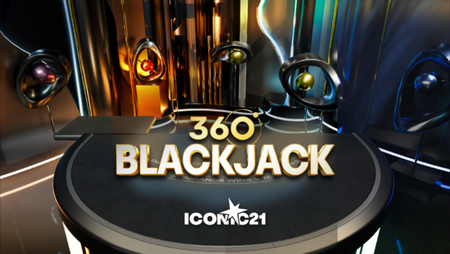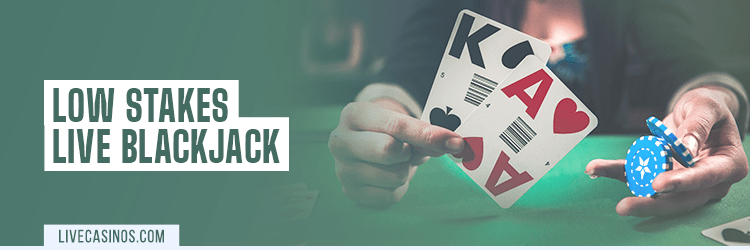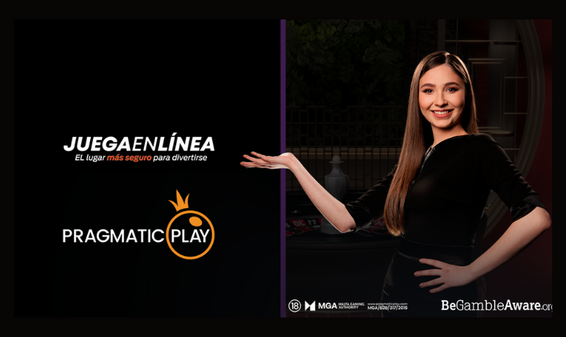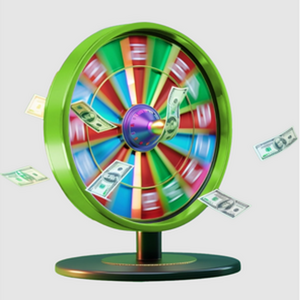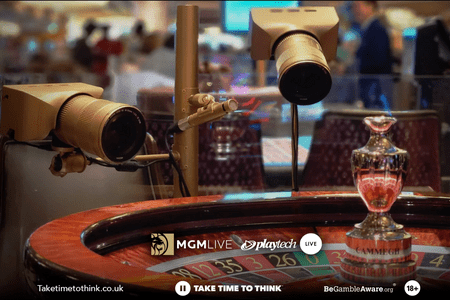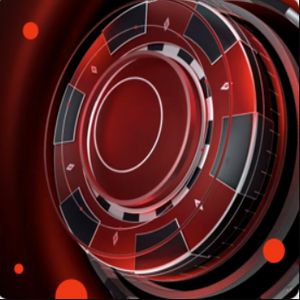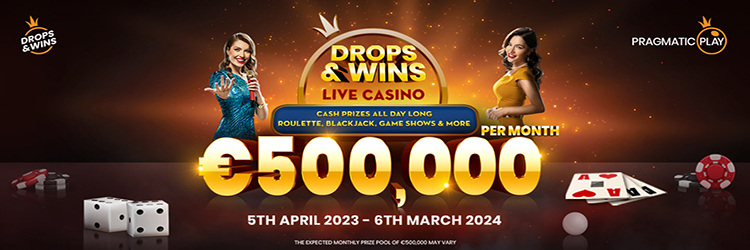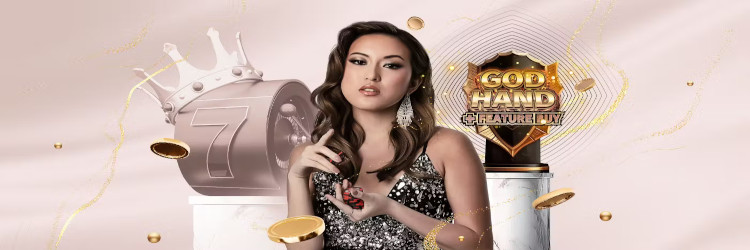The world of online gambling is vast and offers many interesting games. However, few have the same strategic appeal that this one does! Blackjack is fundamentally different because skill plays an important factor.
No matter what variant you pick, the core gameplay remains the same. You have two cards and need to get as close to twenty-one as possible without going over. These relatively simple rules have allowed mathematicians to try different combinations over the years. Eventually, people across the world were able to determine the most optimal move for every round you play!
Of course, there will always be that element of luck versus skill in live dealer tables. Ultimately, you cannot control what cards you draw. However, if you follow this basic strategy, you will drastically increase your odds of winning! Join us, as we break down what moves you should make under what circumstances.
Some Basics
The core of what we will discuss here can be applied to most tables and variants. However, you should keep in mind that some options may later how you play the game. European blackjack, for example, limits when you can double down. Some tables have the dealer stand on a soft 17, while others will hit. You want to find out what the table rules are ahead of time, and adjust your strategy accordingly.
All in all, the soft 17 rule in blackjack is extremely impactful to how you should approach a table. You can find more info here.
For now, we'll go through some different scenarios and how they relate to your strategy.
Hard Hand, Dealer Stands on Soft 17
If your hand total value is between four and eight, you should always hit. In the same vein, if you get to seventeen or above, you should always stand due to low chances of improving your hand.
Hard nines should hit against a dealer whose visible card is a two, or anything between a seven and an ace. If the dealer has anywhere between a three and a six, you should double. If you are not allowed to double in this situation, you should hit instead.
Ten and eleven are almost identical in how they are played. If possible, double if the dealer has anywhere between a two and a nine. If doubling is restricted, you should hit instead. The difference is how you handle tens and aces. A hard ten hits against both tens and aces. Meanwhile, a hard eleven doubles against a ten, and hits against the ace.
Twelves stand if the dealer has a four, five or six. You can hit if the dealer has any other number.
Finally, hands between thirteen and sixteen should stand if the dealer’s face up card is anything between two and six. If they have anything higher, you should hit.
Soft Hand, Dealer Stands on Soft 17
If you draw a thirteen or fourteen, you double if the dealer has a five or six, or hit if doubling is not permitted. You should also hit against any other number.
Fifteen and sixteen are played almost the same as the previous two numbers. The sole difference is that you want to try to double against a dealer four.
A seventeen will hit against all numbers except three, four, five and six. In an optimal blackjack strategy, you will double against those numbers, if allowed.
Soft eighteens can only hit if the dealer has a nine, ten or Ace. If the dealer has any other number, you should stand. If you have unrestricted doubling, try to double if the dealer has anywhere between three and six as a face up card.
Nineteen and twenty should always stand, no matter what card the dealer has.
Splitting, Dealer Stands on Soft 17
There are two rules that you always follow when it comes to splitting. First, you always split a pair of eights and aces. In contrast, you never split a pair of fives and tens. If you get the latter two, play them like a standard hard hand.
If you have twos or threes, you should split if the dealer has a four, five, six or seven. If they have an eight or stronger, you should hit instead. If you are allowed to double after splitting, you should split if the dealer has a two or three. Otherwise, you want to hit against these two numbers.
Fours are quite simple to play. You always hit, unless the dealer has a five or six. You should double against those two, but only if you can double afterwards. If you cannot, you should hit against all numbers.
Sixes always split if the dealer has anywhere between a three and a six. If the dealer has a two, you split if you are allowed to double afterwards. If you cannot double after splitting, you hit against two, just like you do if the dealer has seven or higher.
Sevens are almost identical to sixes. The only difference is that you always split if you draw a two.
Nines stand if the dealer has a seven, ten or ace. Against any other card, you want to stand.
Changes if the Dealer Hits on Soft 17
Hard hands have only one change, and that is to how hard elevens handle aces. Instead of hitting against an ace, you want to double instead.
Soft hands need to adjust their strategies if they draw an eighteen or nineteen. Eighteens now want to double if the dealer has a two. Nineteens double if the dealer has a six. If doubling is not an option here, you should stand instead.
Splits are not subject to any strategy changes!
Tips & Tricks
We did our best to keep the strategy simple and easy to understand. That said, it can be difficult to track in text format. As a result, we recommend looking for a blackjack basic strategy cheat sheet. Plenty of detailed images exist on the internet that allow you to remind yourself of the right move at a glance. Great for players who plan on practicing the strategy while playing an actual round of blackjack!
One more thing to keep in mind is to not get carried away while playing. Learning the ins and outs of the game can be very distracting. Make sure you are still following our live casino money management tips. Otherwise, you may find your newly honed blackjack skills have to wait until you make another deposit!


































 Roulette
Roulette
 Blackjack
Blackjack
 Baccarat
Baccarat
 Poker
Poker
 Sic Bo
Sic Bo
 Dragon Tiger
Dragon Tiger
 Game Shows
Game Shows  Top 5 Games
Top 5 Games  See more
See more  Roulette Casinos
Roulette Casinos  Low Limit
Low Limit  High Limit / VIP
High Limit / VIP  Exclusive
Exclusive  How to Play
How to Play  Basic Strategy
Basic Strategy  Top Tips
Top Tips  FAQ
FAQ  Blackjack Casinos
Blackjack Casinos  Baccarat Casinos
Baccarat Casinos  Bonuses
Bonuses  Poker Casinos
Poker Casinos  Game Providers
Game Providers  Sic Bo Casinos
Sic Bo Casinos  Dragon Tiger Casinos
Dragon Tiger Casinos  Credit and Debit Card
Credit and Debit Card  e-Wallet
e-Wallet  Cryptocurrency
Cryptocurrency  Bank and Checks
Bank and Checks  Pay by Phone and SMS
Pay by Phone and SMS  See more
See more  How-To Guides
How-To Guides  Top Lists
Top Lists  In-Depth
In-Depth  Strategy
Strategy  Casino & Games
Casino & Games  Insight
Insight  News
News  Promotions
Promotions 
 Guide to Live Casinos
Guide to Live Casinos  Top 10 Live Casino Tips
Top 10 Live Casino Tips  FAQ & Help
FAQ & Help  Meet The Dealers
Meet The Dealers  Our Awards
Our Awards  Responsible Gambling
Responsible Gambling 





































 ENG
ENG 

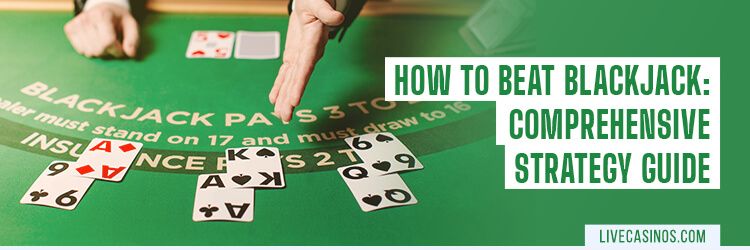
 Facebook
Facebook
 Pinterest
Pinterest
 Twitter
Twitter
 LinkedIn
LinkedIn
 Copy Link
Copy Link 




